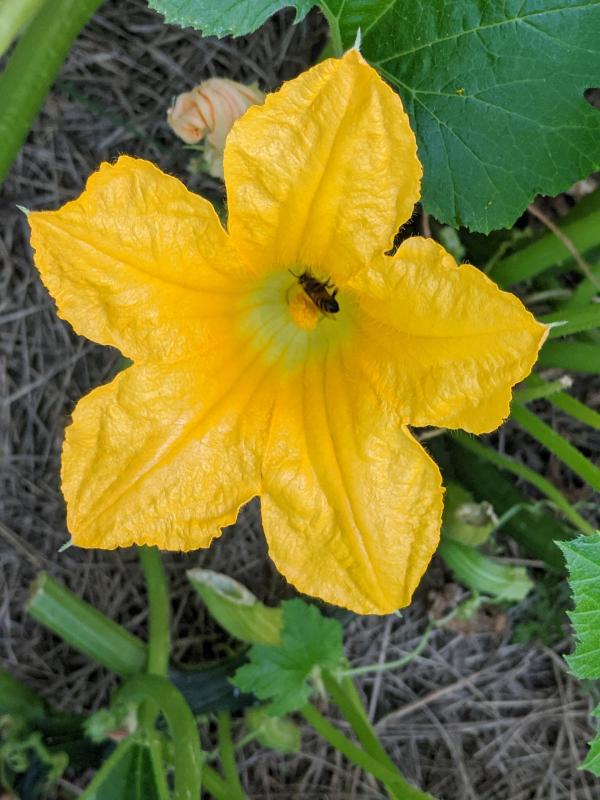
Conservation plantings of wildflowers and grasses may range in size from a few plants in a home garden, to extensive plantings on a farm or acreage. Usually these plantings are intended to create habitat for butterflies, pollinators, birds or other wildlife. But if the planting isn’t well-maintained, it’s benefits and beauty many decrease over time.
If the planting is small, hand weeding or spot spraying with herbicides can be used to control plant diversity and eliminate weeds. But maintenance is more difficult with large plantings and it can be difficult for landowners to find accurate information on management of large-scale wildflower & grass plantings. For example, how can grasses be controlled when they take over the planting? Can herbicides be used for weed control without also killing off the native grasses or wildflowers? What herbicides work best and when should they be applied? Can controlled burning be used for weed control? If so, when is the best time to burn?
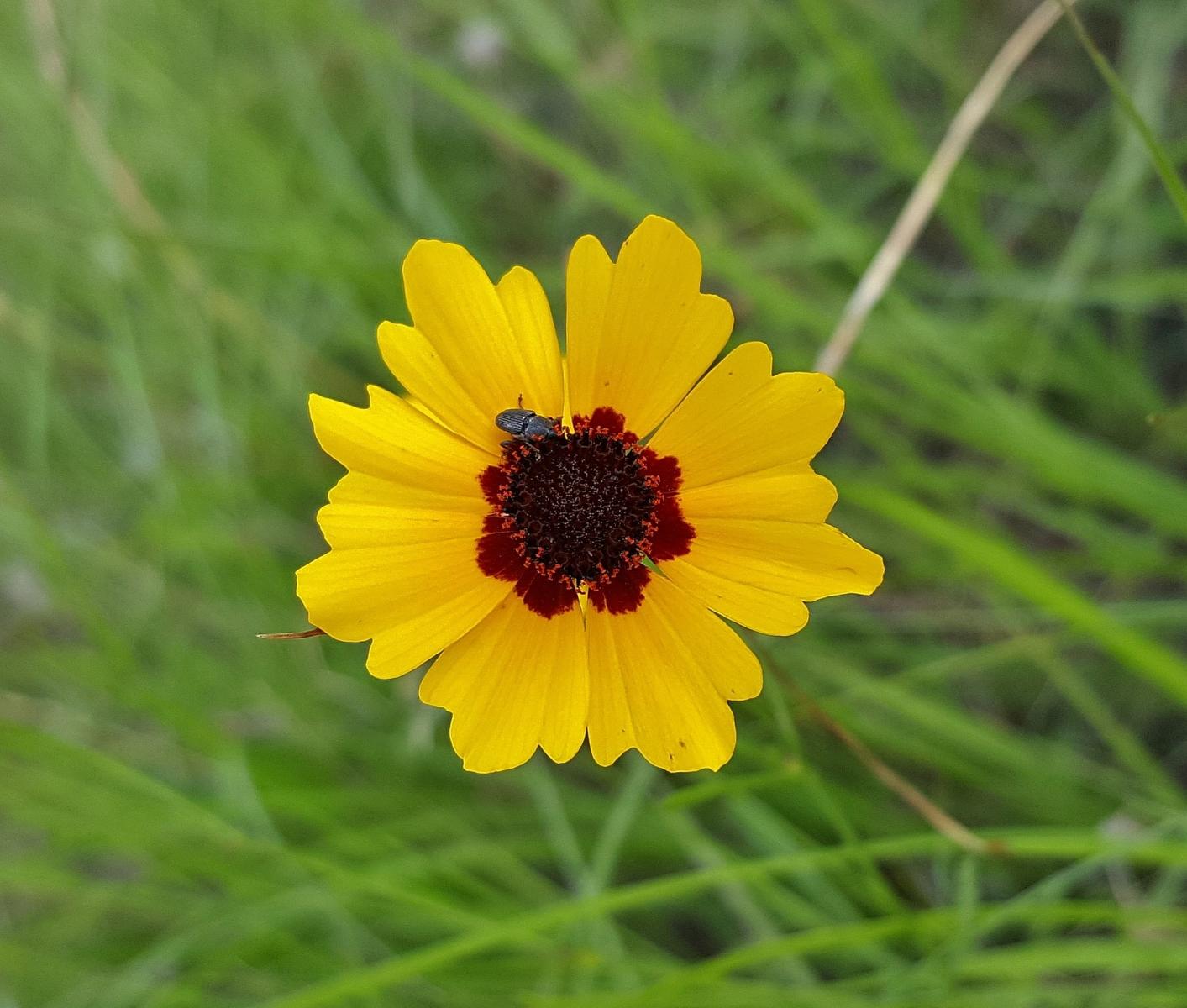 A great resource I found recently is Conservation Blueprint, a company that helps landowners plan, create and maintain wildlife and pollinator habitats. The company is headed by wildlife conservationist Pete Berthelsen who, before starting Conservation Blueprint, had a 27-year career creating wildlife habitat for Pheasants Forever.
A great resource I found recently is Conservation Blueprint, a company that helps landowners plan, create and maintain wildlife and pollinator habitats. The company is headed by wildlife conservationist Pete Berthelsen who, before starting Conservation Blueprint, had a 27-year career creating wildlife habitat for Pheasants Forever.
Habitat Tip Videos
Pete has created a collection of videos discussing many important aspects of habitat plantings and demonstrating good maintenance techniques. Check out the videos below to learn more about maintaining your wildflower & grass habitat. Several of Pete’s videos were made possible through support from the Nebraska Environmental Trust.
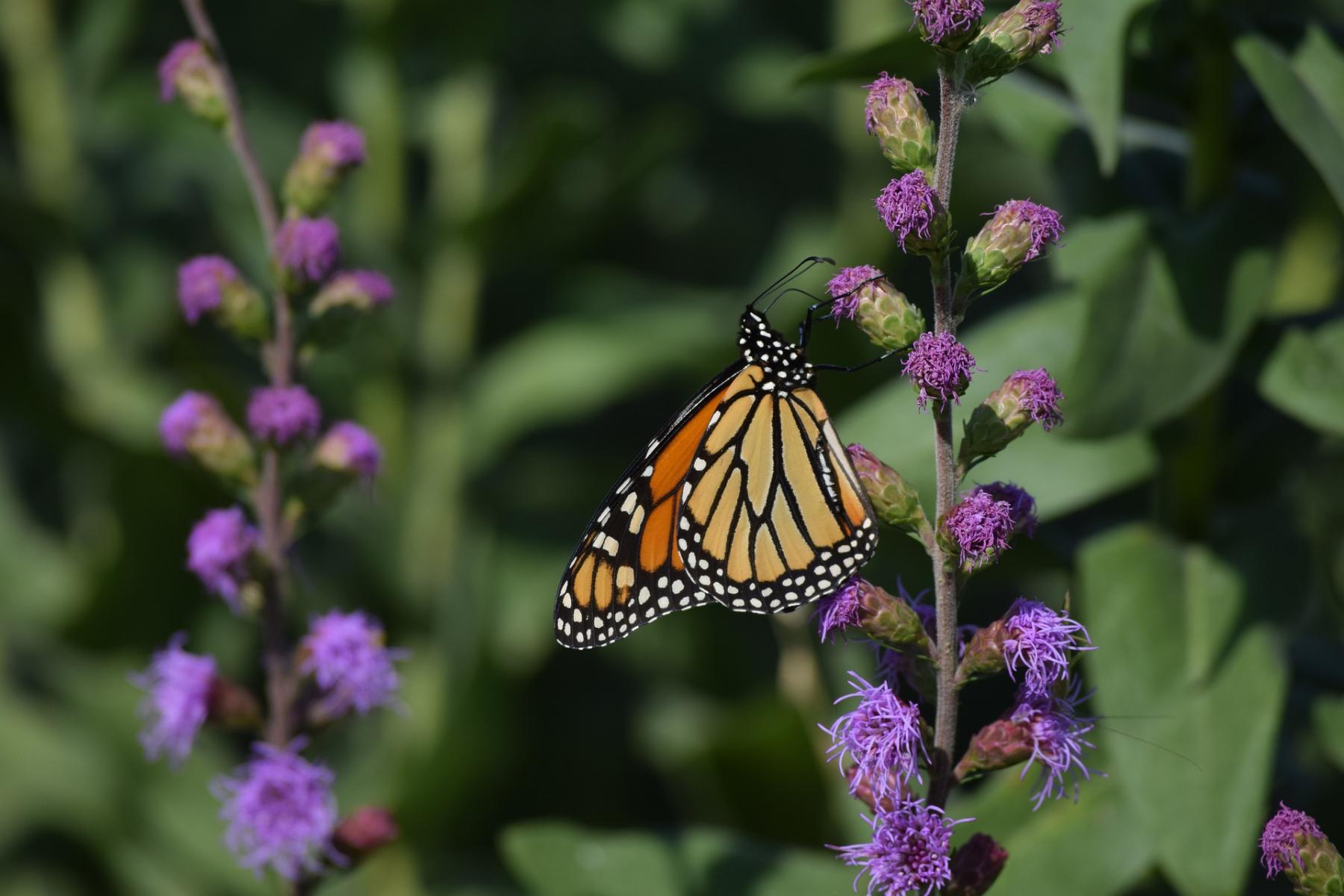 Pumpkins, Pollinators and Great Habitat. Pete discusses how to design your planting, starting with consideration of the primary wildlife species you want to benefit, project cost, future management, site preparation needs and secondary wildlife species benefits – like squash bees in pumpkins.
Pumpkins, Pollinators and Great Habitat. Pete discusses how to design your planting, starting with consideration of the primary wildlife species you want to benefit, project cost, future management, site preparation needs and secondary wildlife species benefits – like squash bees in pumpkins.
The Importance of Bare Ground for Native Bees. Learn about the abundance of native bees, 70% of which nest in the ground, and the sites they need for good nesting.
Pollinator Gardens and Seed Production Plots. Learn how to establish a wildflower seed production plot on your property, which will provide beauty, habitat and a source of additional seeds for future plantings.
Encouraging Wildflower Diversity by Controlling Grasses. Pete explains how to manage grasses within your pollinator habitat to encourage wildflower growth and habitat diversity.
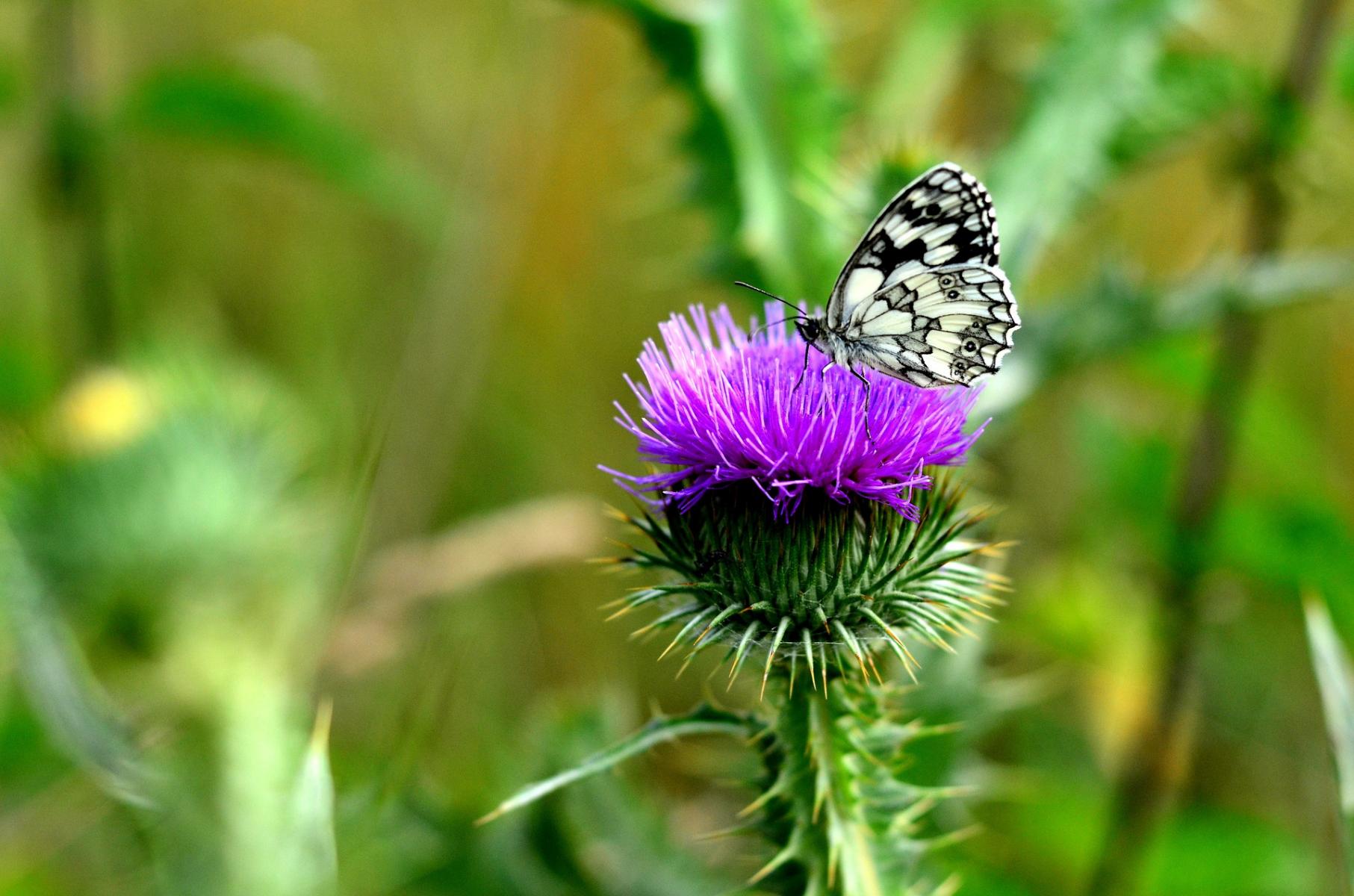 Thistles for Pollinators. This habitat tip discusses the importance and need for thistles integrated into your habitat to draw in and support more pollinators.
Thistles for Pollinators. This habitat tip discusses the importance and need for thistles integrated into your habitat to draw in and support more pollinators.
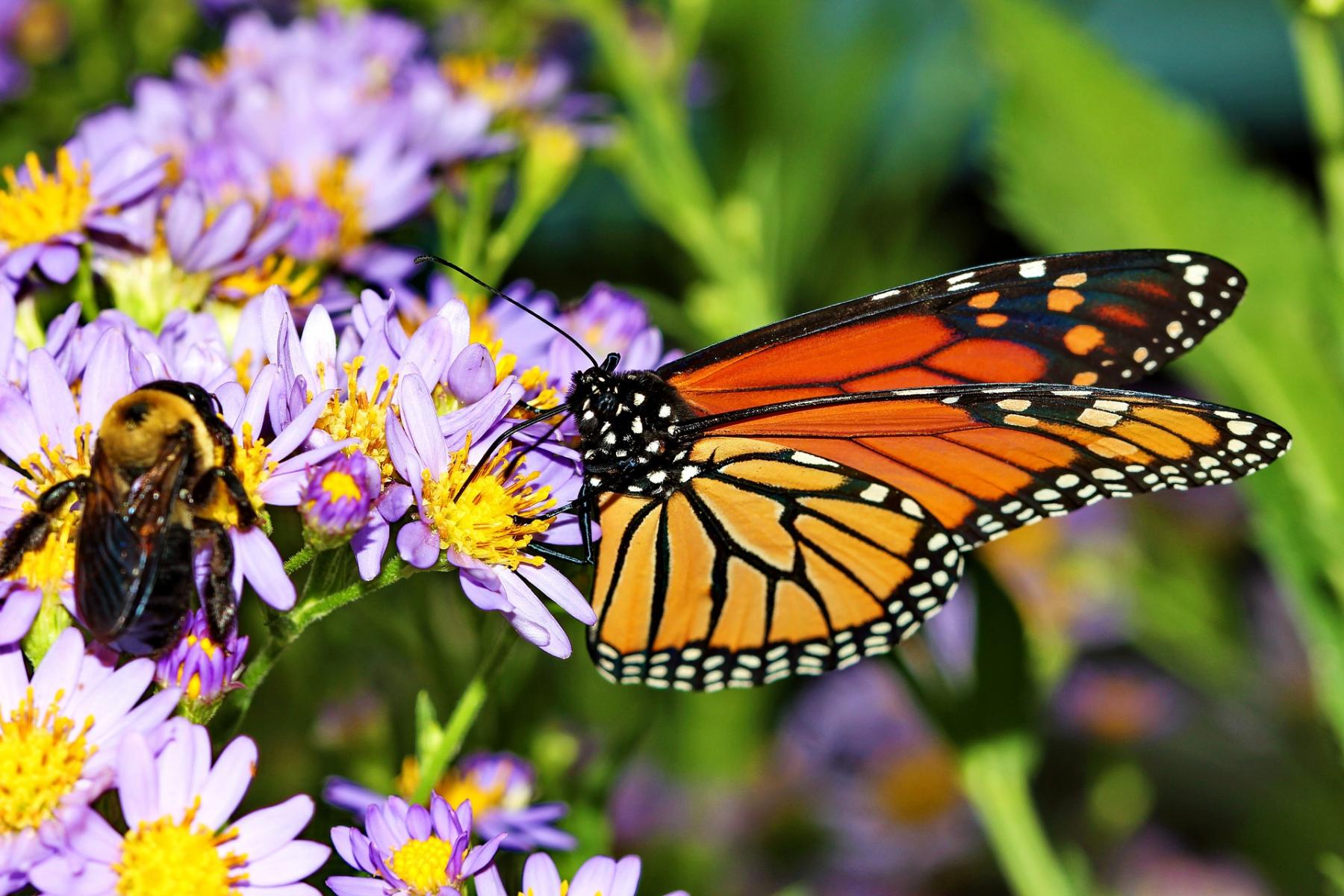 Using a Growing Season Burn to Promote Wildflower Abundance. Learn about the timing and process of implementing a growing season burn and it’s many positive benefits, including reducing cool season grass invaders, releasing space for an increased number wildflower plants and warm season native grasses.
Using a Growing Season Burn to Promote Wildflower Abundance. Learn about the timing and process of implementing a growing season burn and it’s many positive benefits, including reducing cool season grass invaders, releasing space for an increased number wildflower plants and warm season native grasses.
Controlling Invasive Trees. Learn how to control weedy tree species in your habitat planting.
Making A PVC Kill Stick. Learn how to build a simple tool to aid in control of weedy trees in your habitat planting.
For more habitat tip videos and pollinator plant profiles, visit conservationblueprint.com.
Note: Reference to commercial products or trade names is made with the understanding that no discrimination is intended. These products are listed as examples only. No endorsement by the University of Nebraska-Lincoln is implied.
Images from Pixabay.
- Plains coreopsis, C. tinctoria, is a great native wildflower for pollinators and wildlife.
- Monarch on rough gayfeather, Liatris aspera
- Butterfly on a thistle.
- Bee and Monarch butterfly on a fall-blooming aster.